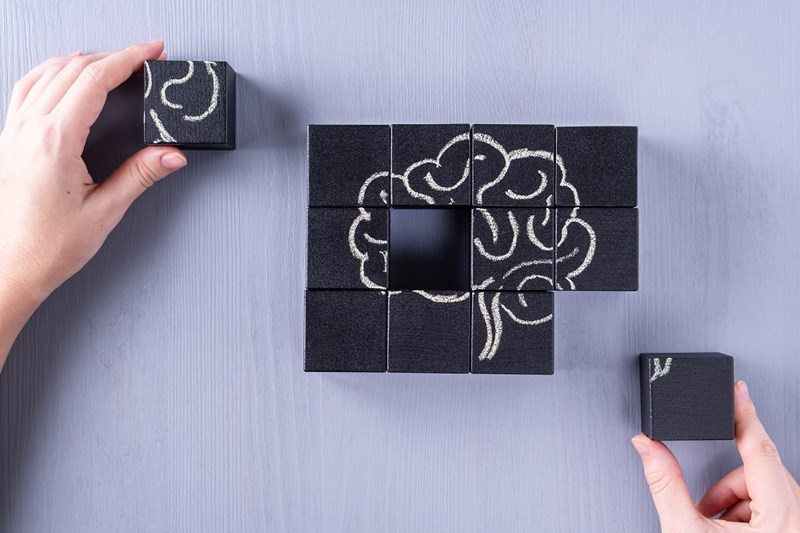Unexpected twists and turns: giving spontaneous interaction a try
What do you do when your class takes an unexpected turn? As teachers, we are trained to plan our classes and, especially when we’re new to the job, sticking to our lesson plan seems vital. But what happens when students interrupt the class you had so thoughtfully planned and take the conversation onto a completely new and unpredictable path?

My story of spontaneous student interaction
You might feel like they’re taking over your class and wonder how to react. I certainly did: a few weeks ago, my students and I were discussing some essay writing difficulties when suddenly they started interacting among themselves, taking the conversation onto a whole other level. They went from how essay writing in English differs from writing conventions in their mother tongues; to how they feared this would put them at a disadvantage when writing assignments at university; to how some of them thought their ‘accent’ needed to sound ‘native’ if they were to get high enough grades in their English exams and how they thought it was a problem that they still thought in their native languages and translated words in their minds.
None of this was planned and it did take up classroom time; and yet, it was useful for me to appreciate some issues I had not previously considered and to have a chat with my students about their unhelpful conception of ‘accent’ as a requirement for exam success. I also decided to unveil a part of my identity, explaining how English was not the language I grew up with and how sometimes I have to stop and translate words in my mind. I gave them a couple of examples of words we had looked at previously in that lesson.

Benefits and drawbacks
A manager observing my class might have asked: was this a good use of classroom time? I would say that it was. Teaching is highly demanding on our brains, requiring continuous interactive decision-making; although we are constantly reacting to learner cues, drawing on our knowledge and beliefs as teachers, and interacting with contextual factors, research still shows that a lot of what we do and say in class is based on routinised patterns of thoughts and behaviour based on accumulated experience1.

Relinquishing some control and allowing students to claim some interactional space in our classes can help us take breaks from these routines, innovate our teaching and find out more about our students. Sure, there are countless problems with doing this: to mention but a few: syllabus constraints; potential for chaos in large classes or with young learners; not knowing if the conversation will veer towards inconvenient topics.
However, leaving some space for spontaneous interaction in the classroom has its benefits. Spontaneity has become a topic of interest in the ELT community in recent years, as shown by the recent IATEFL webinar on spontaneity and the debate stirred by movements like Dogme – light on materials and technology, focusing on emergent language and letting students drive the content of the classes.
While Dogme might be too extreme an approach for some, giving students some free interactional space can benefit them … and us. Research shows2 that by interacting spontaneously, students produce longer, more complex utterances and can be motivated to complete their thoughts because of a real need to express themselves fully (rather than a need fabricated by the teacher or the textbook). Creating space for spontaneity helps remedy the power imbalance between teacher and students that typical of the classroom spaces, valuing learners on a human level and as competent people with knowledge of the world and identities that they can bring into the classroom. It can bridge the gap between inside and outside the classroom. It can make the teacher aware of a myriad of issues that students might be going through or unhelpful beliefs that they hold which, upon reflection, can be tackled on the spot or in subsequent lessons.
And last, but importantly: giving students some control challenges us to break our established routines and learn something new.
So how much space do you think you can give unplanned interaction in your classes? Tell us in the comments section!
References
1. Crookes, G. and L. Arakaki, Teaching Idea Sources and Work Conditions in an ESL Program. TESOL Journal, 1999. 8(1): p. 15-19.
2. Simpson, J., Telling tales: Discursive space and narratives in ESOL classrooms. Linguistics and Education, 2011. 22(1): p. 10-22.

Comments
Write a Comment
Comment Submitted